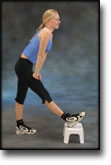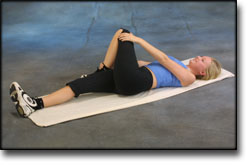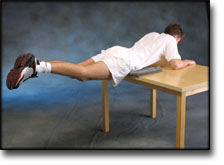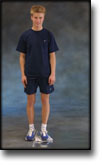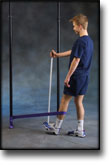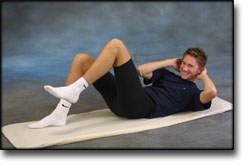|
Osteitis pubis: a diagnosis for the family physician.
Andrews SK, Carek PJ. J Am Board Fam Pract 1998 Jul-Aug;11(4):291-5.
BACKGROUND.
Osteitis pubis was first described in 1924 in patients who had had suprapubic surgery. Since that time many theories concerning the cause of the disease have been developed. Published case reports and retrospective record reviews of specific, isolated patient populations have been used to postulate an infectious, inflammatory, or traumatic cause of this condition. Such confusion reduces the likelihood of an accurate diagnosis of osteitis pubis, particularly in the primary care setting, where it is becoming increasingly likely that patients afflicted with this frustrating illness will initially seek treatment.
METHODS.
This article describes a case report and provides a review of the literature. The medical literature was searched using the following key words: “abdominal pain,” “pelvic pain,” “inflammation,” “symphysis pubis,” and “enthesopathy.”
RESULTS AND CONCLUSIONS.
Osteitis pubis, considered to be the most common inflammatory disease of the pubic symphysis, is a self-limiting inflammation secondary to trauma, pelvic surgery, childbirth, or overuse, and it can be found in almost any patient population. Occurring more commonly in men during their 30s and 40s, osteitis pubis causes pain in the pubic area, one or both groins, and in the lower rectus abdominis muscle. The pain can be exacerbated by exercise or specific movements, such as running, kicking, or pivoting on one leg, and is relieved with rest. Pain can occur with walking and can be in one or several of many distributions: perineal, testicular, suprapubic, inguinal, and postejaculatory in the scrotum and perineum. Symptoms are described as “groin burning,” with discomfort while climbing stairs, coughing, or sneezing. A greater understanding and awareness of osteitis pubis will reduce patient and physician frustration while improving overall outcomes.
|


